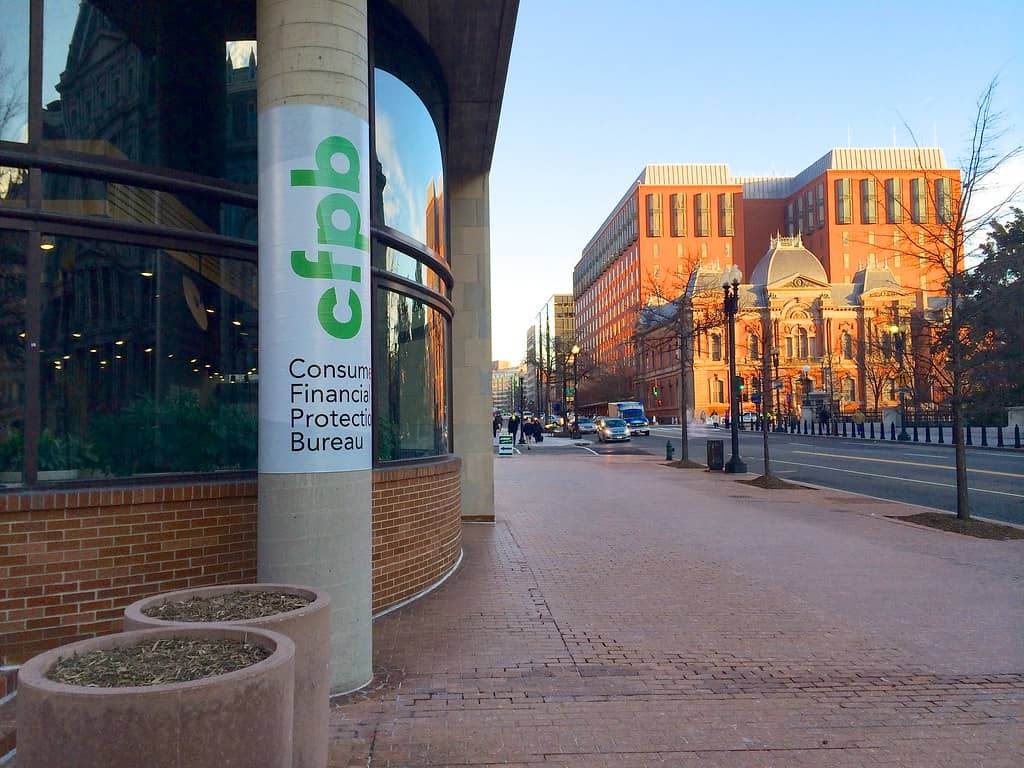In the last full day on the job of the Trump Administration, the CFPB issued a final rule on supervisory guidance. As noted in the press release, the CFPB issued
a final rule regarding the Bureau’s use of supervisory guidance for its supervised institutions. The rule codifies the statement, with amendments, that the Bureau and other federal financial regulatory agencies issued in September 2018, which clarified the differences between regulations and supervisory guidance.
Unlike a law or regulation, supervisory guidance does not have the force and effect of law and the Bureau does not take enforcement actions or issue supervisory criticisms based on non-compliance with supervisory guidance. Rather, supervisory guidance outlines supervisory expectations and priorities, or articulates views regarding appropriate practices for a given subject area.
In contrast to supervisory guidance, regulations do have the force and effect of law and enforcement actions can be taken if regulated institutions are in violation. Regulations are also generally required to go through the notice and comment process.
Now that the rule is final, a Manatt blog asks, “what’s next?” The blog noted that
During the Obama administration, there was significant industry concern about the use of both informal supervisory guidance and enforcement as a substitute for formal regulation. The Trump administration moved quickly in 2017, with the backing of Congress and federal banking agencies, to attempt to fix the perceived problem. This included taking the unusual step of employing the federal Congressional Review Act to nullify various CFPB regulatory efforts…
. . .
Announcing final action just before the transition to Rohit Chopra as director, the CFPB has now formally codified the principles of the 2018 Statement into a final rule “binding on the Bureau” and “without substantive change” from the prior statement. That said, the codified rule drops a few sentences from the statement. See Rule at p.6 n.11. The noninclusion of these sentences is not intended “to indicate a change in supervisory policy” from either the statement or preexisting law and practice.
. . .
While the 2018 Statement was made on behalf of the CFPB along with the [Federal Reserve, FDIC, NCUA, and the OCC], the new codified rule is binding only on the CFPB.
If the final rule survives, the change is an important one. Of course, regulated entities will still listen with attentive ears to any statement of policy from the CFPB, whether formal or informal and whether or not it carries the force of law. And of course, supervisory guidance will continue to be extremely influential in the regulated industries and nothing codified here will change that. But the ability to avoid penalties for violation of these guidelines removes an important disincentive to those entities that choose to ignore such guidance.
Just as Republicans wielded the Congressional Review Act to undo Obama-era regulation, many expect Democrats to return the favor. This is especially true at the CFPB, which, in its early years, repeatedly employed supervisory guidance as a cudgel against perceived bad actors. But if the rule survives, the current formulation will provide important protections against abuse at the agency level and can serve as a guidepost on the generally understood limited force of supervisory guidance.

Eric J. Ellman is Senior Vice President for Public Policy and Legal Affairs at the Consumer Data Industry Association (CDIA) in Washington, DC. He also served for eight months as Interim President and CEO of the Association. More
